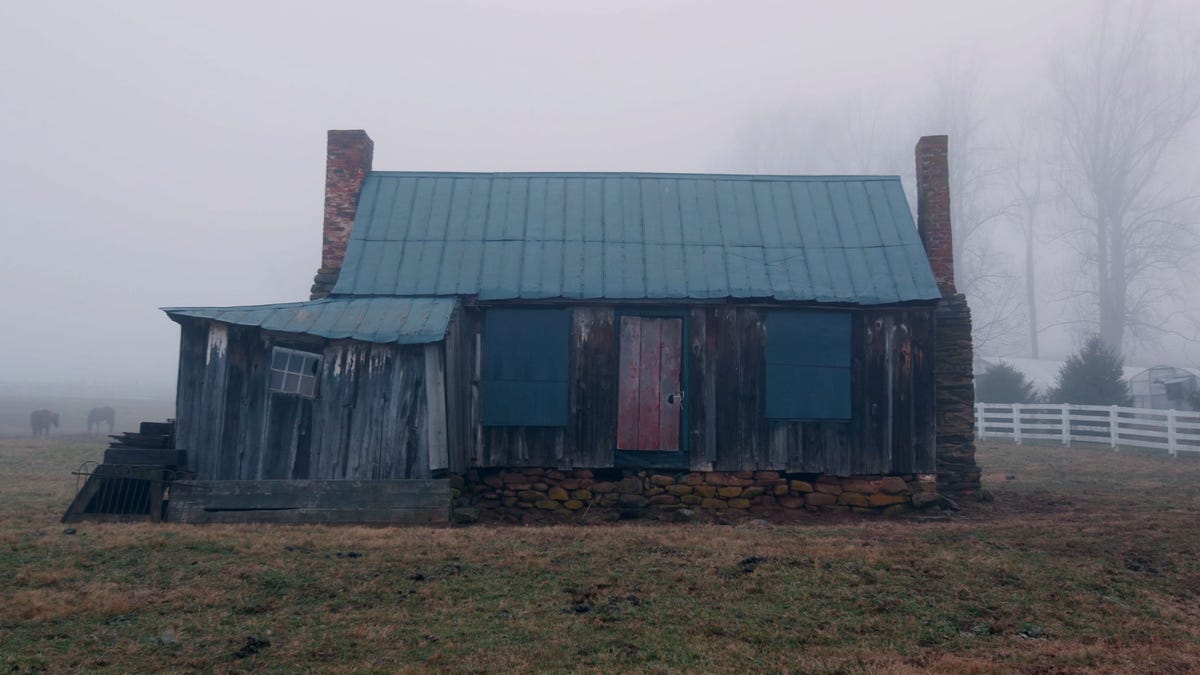Google honors Juneteenth by bringing slave dwellings to Street View
The virtual tour contains a dozen slave dwellings in Virginia that date as far back as the late 1700s.

Slave dwellings like this are in declining condition. Google Street View's new virtual tour serves to preserve them electronically for future generations.
Google Street View, in honor of Juneteenth, released a virtual tour of a dozen former Virginia slave dwellings, according to a blog post Wednesday. Juneteenth is commemorates the emancipation of the last enslaved African Americans in the US. It occurred on June 19, 1865, when Union soldiers announced the Civil War was over in Galveston, Texas.
The dwellings were built between the late 1700s and mid-1800s, and are located mostly on private property.
Virginia Humanities, a nonprofit dedicated to uniting Virginians through storytelling and celebration of the state's history, drove the effort to highlight how prevalent slavery was throughout the state. The project serves to preserve the dwellings for future audiences as many of the buildings are declining in condition.
Justin Reid, director of African American Programs at Virginia Humanities, has a personal connection to the Ampthill plantation featured in the tour.
"Right now in our official state record only 1% of documented historic sites are categorized as having any African-American historical significance and we know that is [grossly] underrepresented," said Justin Reid, Virginia Humanities' director of African American Programs, in a Google blog post video. Reid's own great-grandfather was a slave believed to have spent his childhood at Ampthill, a plantation in Cumberland County that's featured in the virtual tour.
The nonprofit hopes the virtual tour will serve as a call to action for the public to help preserve the buildings. Additionally, the organization aims to remind residents that slave dwellings weren't limited to rural plantations but were in urban cities as well, such as Richmond.
"It's often easier and more cost-effective to raze these structures," added Reid. "Delegate Delores McQuinn recently established the Virginia General Assembly African American Cultural Resources (AACR) Task Force to study and redress these challenges."
Jobie Hill, a preservation architect and founder of Saving Slave Houses, was able to correctly identify an Ampthill building as a slave dwelling. The former owners had thought the structure was a post-Civil War weaver's cottage.

